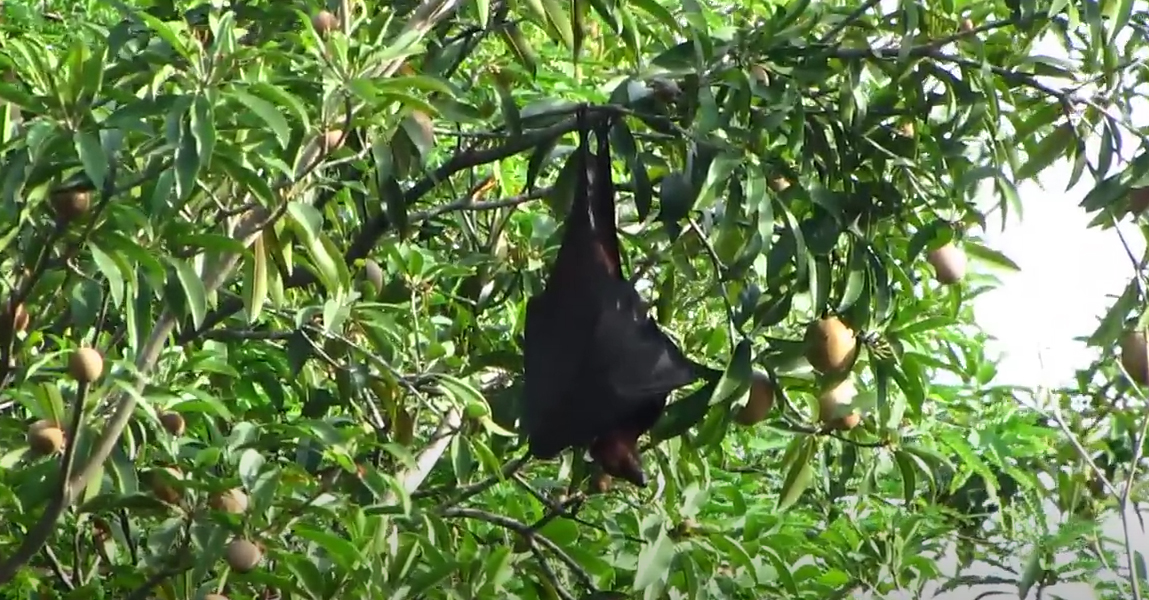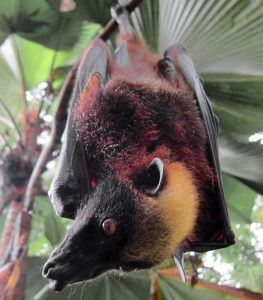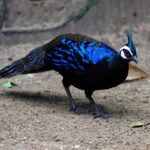Philippine Giant Golden-Crowned Flying Fox – A Stunning Giant

When it comes to the animal kingdom, few creatures capture our imagination quite like bats. Among the many species that soar through the night sky, the Giant Golden-Crowned Flying Fox (Acerodon jubatus) stands out not just for its impressive wingspan but also for its striking appearance and ecological importance.
A Stunning Giant
The Giant Golden-Crowned Flying Fox is one of the largest bat species in the world. With a wingspan that can reach up to 5.6 feet and a body length of about 12 inches, weighing in at approximately 1.1 kilograms, this bat is truly a sight to behold. Its fur is a rich golden-brown, with a distinctive golden crown that gives it its name. This beautiful coat not only serves as camouflage among the treetops but also helps it maintain body temperature in its warm tropical habitat.
Philippine Giant Golden-Crowned Flying Fox Habitat and Distribution
These remarkable bats are endemic to the Philippines, primarily found in the islands of Luzon and Mindanao. They inhabit lush forests, where they roost in large colonies in the trees, often near fruit sources. The tropical climate and rich biodiversity of their habitat provide an ideal environment for their survival.

The Giant Golden Crowned Flying Fox
© Creative Commons | Author: Gregg Yan
https://commons.wikimedia.org/wiki/File:Acerodon_jubatus_by_Gregg_Yan.jpg
Diet and Behavior
The Giant Golden-Crowned Flying Fox is primarily frugivorous, feeding on a diet of ripe fruits, nectar, and flowers. They play a vital role in their ecosystem as pollinators and seed dispersers, helping to maintain the health of their forest habitats. By consuming fruits and then excreting the seeds, they contribute to forest regeneration and biodiversity.
These bats are nocturnal, emerging at dusk to forage for food. They are social creatures, often roosting in large groups, which not only offers protection from predators but also aids in communication and mating.
Conservation Status
Despite their grandeur, the Giant Golden-Crowned Flying Fox faces significant threats. Habitat destruction due to logging, agricultural expansion, and urban development poses a major risk to their populations. Additionally, hunting for bushmeat and the illegal pet trade further endanger their survival. As a result, the species is classified as “Vulnerable” by the International Union for Conservation of Nature (IUCN).
Conservation efforts are underway to protect these magnificent bats and their habitats. Establishing protected areas and raising awareness about their ecological role are critical steps in ensuring their future.
Fascination and Research
The Giant Golden-Crowned Flying Fox is not just an ecological marvel; it has also piqued the interest of researchers and wildlife enthusiasts alike. Studies on their behavior, social structure, and role in the ecosystem continue to shed light on the complexities of bat biology.
Moreover, their unique adaptations, such as echolocation and the ability to fly long distances in search of food, make them a fascinating subject for understanding evolutionary biology and conservation strategies.
The Giant Golden-Crowned Flying Fox is more than just a bat; it’s a vital part of its ecosystem and a symbol of the rich biodiversity of the Philippines. By understanding and protecting these incredible creatures, we can help preserve the intricate balance of nature that they help maintain. As we continue to explore the wonders of the natural world, let us remember the importance of safeguarding our planet’s diverse inhabitants—giants like the Golden-Crowned Flying Fox included.
References:
https://animalia.bio/giant-golden-crowned-flying-fox?endemic=14
https://en.wikipedia.org/wiki/Giant_golden-crowned_flying_fox










